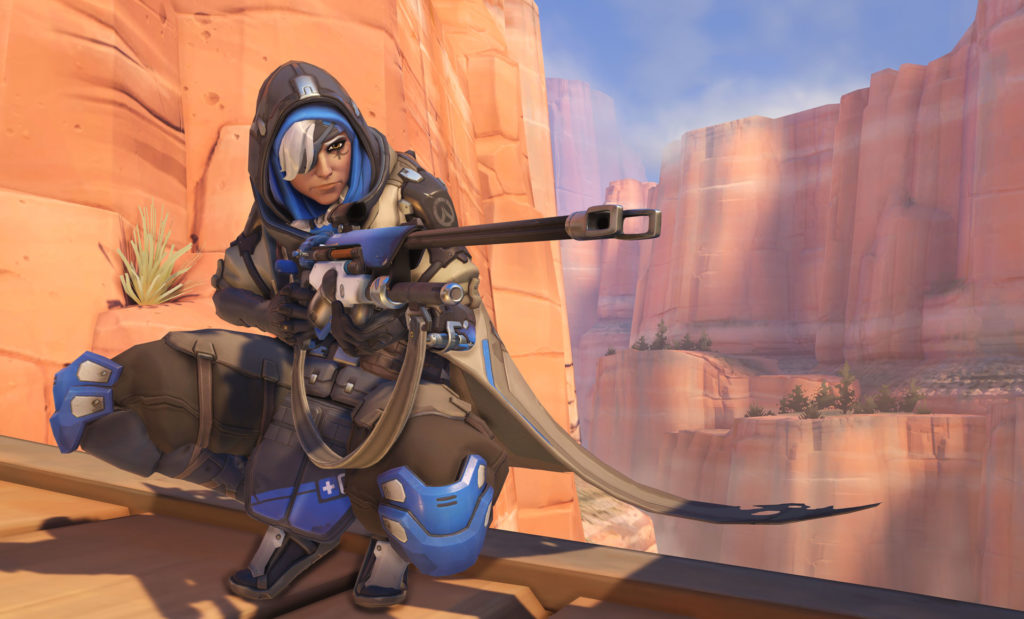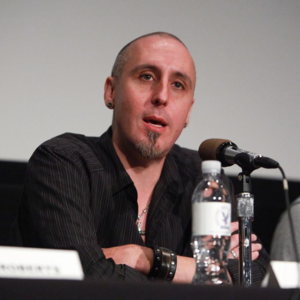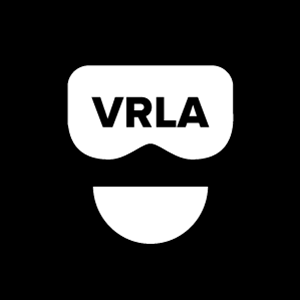As mobile games continue to grow and expand into new genres, it seems apparent that mobile gaming is becoming the center of the games industry, in much the same way that mobile computing is becoming the place where people spend most of their computer time. That evolution for mobile games has been accompanied by the shift from casual games as the core of mobile gaming, to other genres. We’ve seen strategy games like Clash of Clans and Game of War: Fire Age become enormously profitable, and roleplaying game elements have been important in the success of Puzzle & Dragons. Other mobile games are finding tremendous success with fighting genres, card games, and of course location-based gaming with Pokemon Go (now at 100 million downloads and $10 million in revenue per day).
There’s one factor that’s been driving the long-term success of many games on consoles and PCs, and this has been true for decades. That’s community—the groups of fans of a game who connect with each other (both online and, increasingly, in person at various gatherings) to discuss their favorite experiences, share tips and tactics, and generally hang out with like-minded people. The role of game fans in evangelizing games to new users has only grown over time—and with the advent of game streaming, it’s reaching hundreds of millions between streaming and social media. Yet, for the most part, the communities built around mobile games have been feeble things compared to the communities of PC and console games.

Now KTplay, which bills itself as “your instant in-game community” for mobile games, has been changing all that. The company, headed by CEO Spencer Liu, has been serving millions of mobile gamers in China with a full-featured community platform that mobile game developers can easily add to their games. Best of all for small developers, Ktplay is free—supported by advertising within the platform. KTplay has been used by dozens of games in China, with tens of millions of users and impressive metrics for virality, retention, engagement and revenue. Now, KTplay is bringing its community platform to Western developers, and there’s tremendous potential for growth.
Why hasn’t community been as important for mobile games as it has for PC and console games? “We feel that so far there has not been a platform that’s effective,” said Liu. “The reason being, where are your most active, your most loyal, your most engaged players? Are they on Facebook? No. Are they on Twitter? Instagram? Maybe, I don’t know. The one place you know where to find them is in your game, that’s where we can be 100 percent certain they will be there. That’s where their minds are on your game, they are focused on playing your game and understanding your game. That’s also where they will most likely run into issues advancing in your game. They want new tactics, they want strategies, and they would be very interested to find other players who are like-minded and share their passion for your game. Where? Right inside your game. It’s all about in-game.”
The role of communities in helping make games successful is clear for PC and console games, but those communities have found their home on the Internet, on forums and websites. Now that we see deeper mobile games, where do people go to find a community? It’s a problem for lots of mobile games, and KTPlay sees itself as the answer.
“We have to admit there are a lot of good developers who are developing many more social features right inside their game,” said Liu. “You can check out each other’s villages, you can even do game replays and share a video clip inside the game. But those features, those user flows are built to directly benefit the entire game mechanism, the game experience. And monetization, retention, and so forth What about casually meeting other players, what about asking a question on how I can advance? So far there has never been a place or a platform or a tool where users can do that. Developers default to what has been done for many years—let’s launch an open-source forum on their web site. So it’s extremely disconnected from the game experience, the user accounts are not linked in.”
Developers can customize the look and feel of KTplay to their game, so that it fits right into the style and interface—and you never have to worry about uniting users spread across Facebook, web forums and other platforms, because you can find them all in the game itself.
KTplay offers a community management tool within your game that helps with marketing efforts, by better targeting of customers and engaging with them more directly, within the game itself. “Now that we’ve aggregated all the users inside the game, how do we help developers to influence their behavior? Besides content curation and community management tools on the back end, we also have a series of light live ops tools,” Lui said. “In-game messaging with deep links that can be sent to specific segments of the users. For instance, if I have certain IAPs on sale, most developers would send a notification and say ‘Come buy this, it’s 50 percent off.’ We want to add a more social element to the whole experience, so you ask people to come into the community and talk about it. You click on the in-game notification, you are led to that specific topic in the discussion forum.”
In other words, it’s much more targeted and effective marketing, and that’s what KTplay’s community tool provides. The product isn’t difficult to install; Liu estimates it takes about a day if the game is built in Unity. Of course, adding in deep links and other features could take more time, and require the involvement of the product team. The business model for KTplay grows out of the company’s concept of trying to benefit all parties in the ecosystem.
“Our philosophy has always been ‘let’s create a great product first that will benefit players, then benefit the developers and the publishers,'” Liu said. “Based on that win-win scenario, how can we create a great product that’s offered to developers for free? Phase one of monetization is native advertising right inside the user experience. Right now we’re partnering with AdMob to power our native ad experience. We chose native because we don’t want the ad experience to be intrusive or interrupting. There are multiple native ad injection points throughout the experience.”
KTplay also has a paid model for larger publishers who don’t want to have other advertisers in their games. “From our experience, some 90 percent of developers welcome this ad solution because it’s not intrusive,” Liu said.
Now the challenge for KTplay is to get the package installed in the West. “We’re at the very beginning of pushing it out to the Western market—KTplay has existed in Asia-Pacific for the past year and a half, and it’s gained great traction in China,” Liu said. “Now we believe the platform has been battle-tested, it’s very stable, the features are extremely robust, and most importantly beneficial to retention and revenue. We’re launching our big PR blitz now, and plan to attend various conferences and shows to get ourselves out there.”






